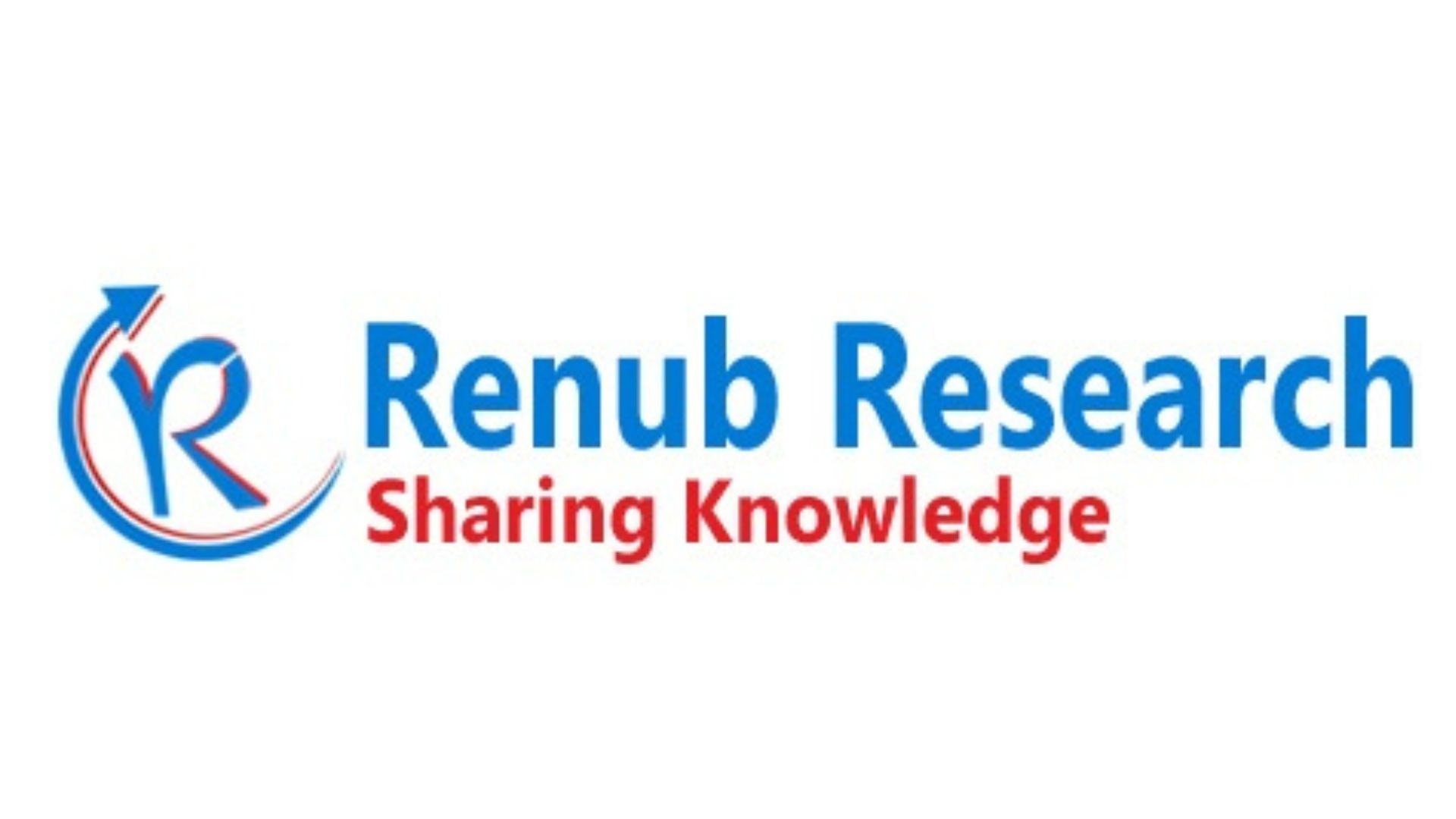United States STD Diagnostics Market Overview
The United States STD Diagnostics Market is projected to reach US$ 8.49 billion by 2033, up from US$ 5.06 billion in 2024, registering a CAGR of 5.91% from 2025 to 2033. This market growth is attributed to the rising prevalence of sexually transmitted infections (STIs), growing awareness campaigns, government initiatives for preventive healthcare, technological advancements in diagnostic tools, and increasing healthcare expenditure supporting early and routine screening.
Full Access Report:https://www.renub.com/united-states-std-diagnostics-market-p.php
United States STD Diagnostics Industry Outlook
Sexually transmitted disease (STD) diagnostics encompass medical tests and methodologies used to identify infections such as chlamydia, gonorrhea, syphilis, HIV, and HPV. These diagnostic methods include both rapid point-of-care tests and laboratory-based analyses, such as molecular assays, immunoassays, and culture procedures.
The demand for accurate and fast STD testing has surged due to the growing emphasis on early detection and disease management. Technological innovations have improved test speed, accuracy, and accessibility, facilitating widespread screening and timely treatment. These advancements play a crucial role in curbing infection spread, reducing complications such as infertility and cancer, and protecting public health.
Market expansion is further supported by public health initiatives, collaborations between diagnostic firms and healthcare providers, and the prioritization of preventive screening practices. Enhanced reimbursement frameworks and expanding healthcare access have also strengthened adoption rates, especially among high-risk populations and younger demographics.
Growth Drivers for the United States STD Diagnostics Market
Rising Prevalence of STDs
The increasing incidence of sexually transmitted diseases in the United States is one of the foremost factors fueling market growth. According to the Centers for Disease Control and Prevention (CDC), over 2.4 million cases of chlamydia, gonorrhea, and syphilis were reported in 2023. Although overall cases declined slightly by 2% from 2022 to 2023, the burden remains 13% higher than a decade ago.
Of particular concern is the rise in congenital syphilis, which saw around 4,000 reported cases in 2024, marking a 700% increase over ten years. All stages of syphilis have experienced sharp rises, with an 80% increase between 2017 and 2022. These alarming statistics underscore the growing necessity for efficient diagnostic solutions and comprehensive testing programs.
Technological Advancements
Technological innovation is a major catalyst for the U.S. STD diagnostics market. A notable example includes OraSure Technologies’ acquisition of Sherlock Biosciences for USD 1.5 billion in December 2024, signifying a significant step into molecular self-testing. This acquisition aims to develop self-testing kits for chlamydia and gonorrhea using CRISPR-based and isothermal amplification technologies, expected to receive FDA submission by late 2025.
Such kits provide laboratory-grade accuracy from self-collected samples in under 30 minutes, bridging the gap between professional diagnostics and at-home convenience. The shift toward rapid, point-of-care, and at-home testing is revolutionizing the market by enabling early detection, enhancing accessibility, and meeting the growing demand for decentralized diagnostic solutions.
Increased Awareness and Education
Public awareness regarding sexually transmitted infections has risen substantially, driving diagnostic demand. Initiatives such as the CDC-funded “Get Yourself Tested (GYT)” campaign have successfully encouraged young people to undergo regular testing and normalize conversations around sexual health.
Digital health platforms, social media campaigns, and educational outreach in schools and communities are making sexual health information more approachable and reducing stigma. As awareness spreads, more individuals are seeking early testing, thereby strengthening diagnostic uptake and supporting sustained market growth.
👉 Want to explore detailed market trends, segment insights, and forecasts? 🔗 Request Sample Report:https://www.renub.com/request-sample-page.php?gturl=united-states-std-diagnostics-market-p.php
Challenges in the United States STD Diagnostics Market
High Testing Costs
One of the most significant challenges in the U.S. STD diagnostics market is the high cost of advanced testing methods. Molecular assays, nucleic acid amplification tests (NAATs), and point-of-care kits require substantial investment in equipment, reagents, and skilled professionals.
Although home-based and self-testing kits are convenient, their higher prices can limit adoption among low-income and uninsured populations. Additionally, inconsistent insurance coverage and reimbursement policies further exacerbate this issue, restricting access in rural or underserved regions. To enhance market inclusivity, it is crucial to reduce testing costs, broaden insurance support, and develop affordable diagnostic technologies.
Regulatory Barriers
The regulatory landscape also poses hurdles to market expansion. Diagnostic products must undergo stringent FDA approval, including extensive clinical trials and validation processes. These requirements increase costs and extend time-to-market for new innovations.
Frequent changes in guidelines for laboratory-developed tests (LDTs) and compliance with both state and federal regulations create additional complexity, especially for small and medium-sized diagnostic companies. Streamlined regulatory frameworks are essential to accelerate innovation and ensure faster deployment of life-saving diagnostic tools.
Regional Insights
California STD Diagnostics Market
California represents a major hub for STD diagnostics, owing to its large and diverse population and high infection rates in metropolitan areas like Los Angeles and San Francisco. Public health departments and clinics actively promote rapid testing and prevention programs. Community outreach and awareness campaigns have been vital in reducing stigma and encouraging early screening, particularly among underserved and low-income groups.
Texas STD Diagnostics Market
Texas faces unique public health challenges due to its geographic diversity and population size. Urban centers experience high infection rates, while rural areas often struggle with limited diagnostic access. Mobile testing units, community clinics, and partnerships with local organizations have been instrumental in expanding coverage. Continued investment in education and infrastructure is key to bridging the diagnostic gap and driving market growth.
New York STD Diagnostics Market
New York has one of the most comprehensive STD diagnostic infrastructures in the United States. New York City serves as a model for proactive screening and prevention strategies. The state emphasizes free or low-cost testing programs and community-based awareness campaigns targeting high-risk groups. Collaboration between healthcare providers and government bodies ensures early intervention and treatment accessibility across both urban and rural populations.
Florida STD Diagnostics Market
Florida’s STD diagnostic market is shaped by its demographic diversity and healthcare disparities. Urban centers prioritize early detection, while rural communities face accessibility challenges. Public awareness initiatives, preventive care programs, and collaborations between state health departments and private clinics aim to strengthen diagnostic outreach. These combined efforts have significantly improved testing uptake and reduced infection spread across the state.
👉 For deeper analysis, detailed segment data, and company insights: 🔗 Request Customization Report:https://www.renub.com/request-customization-page.php?gturl=united-states-std-diagnostics-market-p.php
Recent Developments in the U.S. STD Diagnostics Market
· January 2025: OraSure Technologies, Inc. received FDA approval to update the OraQuick HIV Self-Test label, extending eligibility to individuals aged 14 and older (previously 17+). This aims to improve accessibility for adolescents.
· May 2025: Visby Medical submitted its Men’s Sexual Health Test for FDA clearance, expanding its home-based testing portfolio beyond the women’s kit approved earlier in the year.
· February 2023: Thermo Fisher Scientific launched the Applied Biosystems TrueMark STI Select Panel, a PCR-based test capable of detecting multiple infections — including Neisseria gonorrhoeae and Chlamydia trachomatis — in a single assay, enhancing diagnostic precision and efficiency.
Market Segmentation
By Test Type
· Chlamydia Testing
· Gonorrhea Testing
· Syphilis Testing
· HPV Testing
· HSV Testing
· HIV Testing
· Trichomonas Testing
· Mycoplasma Genitalium Testing
· Chancroid Testing
By Technology
· Immunoassay-Based Methods
· Molecular Diagnostics
· Next-Generation Sequencing (NGS)
· Biosensor, Microfluidics & Emerging Platforms
By Location of Testing
· Central & Hospital Laboratories
· Rapid Point-of-Care Platforms
· Over-the-Counter (OTC) / Home Self-Testing
By End User
· Hospitals & Clinics
· Diagnostic Laboratories
· Home Care / OTC
By State
Key markets include California, Texas, New York, Florida, Illinois, Pennsylvania, Ohio, Georgia, New Jersey, Washington, North Carolina, Massachusetts, Virginia, Michigan, Maryland, Colorado, Tennessee, Indiana, Arizona, Minnesota, Wisconsin, Missouri, Connecticut, South Carolina, Oregon, Louisiana, Alabama, Kentucky, and the Rest of the United States.
Competitive Landscape
Major players in the U.S. STD diagnostics market are investing in technological innovation, strategic collaborations, and product portfolio expansion to maintain competitive advantage.
Key Companies Include:
· Abbott Laboratories
· F. Hoffmann-La Roche AG
· Hologic Inc.
· Becton Dickinson and Company
· Danaher Corporation (Cepheid)
· Siemens Healthineers AG
· bioMérieux SA
· Thermo Fisher Scientific Inc.
· Qiagen N.V.
· Bio-Rad Laboratories Inc.
Each company emphasizes advancements in molecular diagnostics, rapid test kits, and home-based solutions, aligning with the growing trend of decentralized healthcare and preventive medicine.
Conclusion
The United States STD Diagnostics Market is undergoing rapid transformation driven by technological breakthroughs, growing public health initiatives, and the rising emphasis on preventive care. While challenges such as high testing costs and regulatory complexities persist, continuous innovation, government support, and awareness campaigns are expected to sustain steady growth through 2033. The market’s evolution toward accessible, fast, and reliable diagnostics underscores its critical role in shaping the future of sexual health management in the country.
Note: If you need details, data, or insights not covered in this report, we are glad to assist. Through our customization service, we will collect and deliver the information you require, tailored to your specific needs. Share your requirements with us, and we will update the report to align with your expectations.







